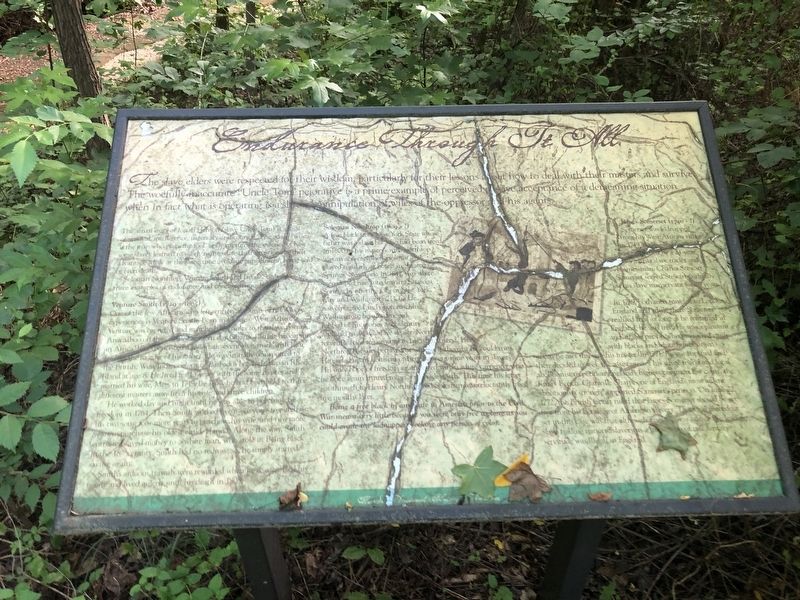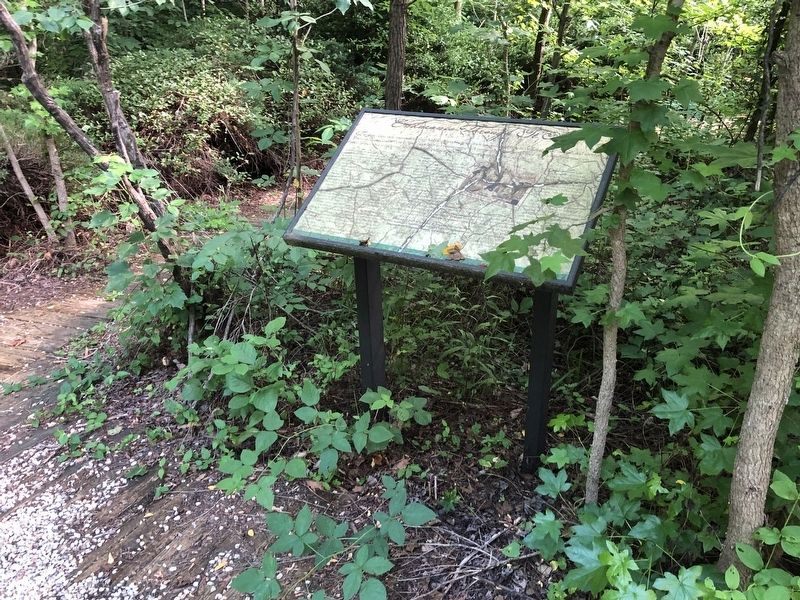Endurance Through It All
The slave elders were respected for their wisdom, particularly for their lessons about how to deal with their masters and survive. The woefully inaccurate "Uncle Tom" pejorative is a prime example of perceived passive acceptance of a demeaning situation, when in fact what is operating is a shrewd manipulation of wiles of the oppressor and his agents.
The actual story of Josiah Henson (slave Uncle Tom) is a saga of survival, intelligence, ingenuity and courage. The adage "wise is the man who plays the fool" aptly captures the essence of how some slaves learned to subtly manipulate their situation to their advantage while at the same time avoiding punishment, being sold or even death.
Soloman Northrop, Venture Smith, and James Somerset are three examples of endurance and courage through it all.
Venture Smith (1729 - 1805)
One of the few Africans who left written accounts of his slavery experiences is Venture Smith. Born in Guinea, West Africa, Venture was captured and marched 126 miles to the slave port of Anamaboo off the west coast of modern day Ghana. During his capture in Africa, he experienced a traumatic event that stuck with him for life, the murder of his father. He was initially transported to the British West Indies colony of Barbados but ended up in Rhode Island at age 8. He lived for 13 years
He worked day and night until he was able to purchase his freedom in 1764. Then Smith worked five more years to purchase his two sons, four more years to purchase his wife, and two more years to purchase his oldest child, Hanna. Along the way, Smith entrusted saved money to a white man, who stole it. Being black in the 18th century, Smith had no redress; so, he simply started saving again.
Smith's arduous travails were rewarded when he reassembled his family and lived quietly until his death in 1805.
Soloman Northrop (1809 - ?)
A free black from New York State whose father was a slave but who had been freed in 1800 in his master's will, Northrop was an accomplished violinist and played regularly at hotels in Saratoga Springs, New York. In 1841, two white men duped him into leaving Saratoga Springs by offering jobs in New York City and Washington, D.C. He naively agreed and upon reaching Washington; he was drugged, robbed of his money and identity and sold to a D.C. slave dealer. Northrop ferently tried to get word to his white friend, Henry Northrop but was betrayed by whites he thought he could trust. He ended up in Louisiana where he spent nine years in slavery. His only hope of freedom again rested with
Being a free black in any state in America prior to the Civil War meant very little because you were only free as long as you could evade the kidnappers seeking any person of color.
James Somerset (1740 - ?)
Somerset was kidnapped from his West African village in 1749, at the age of nine and was purchased by a 24-year old Virginia slave trader and businessman, Charles Stewart. Somerset served Stewart faithfully as his slave manservant for 20 years.
In 1769, both men traveled to London, England and while there Somerset realized that as long as he remained in England, he was free. He was a pleasant and affable person who interacted easily with blacks and white businessmen whom he met through his master. In 1771, he was baptized and then decided to seek the assistance of his white friend and local abolitionist to petition England's highest common law court, the King's Bench. Granville Sharp, one of England's most ardent abolitionists strongly supported Somerset's petition. On June 22, 1772, the British Court ruled that James Somerset should be set free from his bondage of American slavery. The legal precedent set in this case was that although England was one of the leading
slave trading nations, slavery was a institution of involuntary servitude was illegal in England.Topics. This historical marker is listed in these topic lists: Abolition & Underground RR • African Americans • Colonial Era • Industry & Commerce. A significant historical date for this entry is June 22, 1772.
Location. 38° 19.317′ N, 77° 30.514′ W. Marker is in Fredericksburg, Virginia. Marker can be reached from Gordon W Shelton Boulevard, 0.7 miles north of Willow Lane, on the right when traveling west. Touch for map. Marker is at or near this postal address: 6001 Gordon W Shelton Blvd, Fredericksburg VA 22401, United States of America. Touch for directions.
Other nearby markers. At least 8 other markers are within walking distance of this marker. Acts of Bravery (here, next to this marker); Abolitionists (here, next to this marker); Quest For Knowledge (here, next to this marker); Hallelujah (here, next to this marker); Henry "Box" Brown (here, next to this marker); Runaways (a few steps from this marker); Harriet Jacobs (a few steps from this marker); Voices of the Past (a few steps from this marker). Touch for a list and map of all markers in Fredericksburg.
Also see . . . Abandoned National Slavery Museum. Atlas Obscura article (Submitted on June 28, 2021, by Devry Becker Jones of Washington, District of Columbia.)
Additional keywords. human trafficking; slave trade
Credits. This page was last revised on February 2, 2023. It was originally submitted on June 28, 2021, by Devry Becker Jones of Washington, District of Columbia. This page has been viewed 101 times since then and 9 times this year. Photos: 1, 2. submitted on June 28, 2021, by Devry Becker Jones of Washington, District of Columbia.

